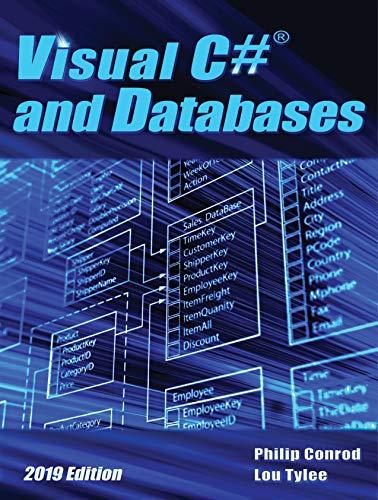Answered step by step
Verified Expert Solution
Question
1 Approved Answer
[ Solve ( a ) , ( b ) , ( c ) by hand - writing, ( d ) , ( e ) in
Solve abc by handwriting, de in computer
Rabbits and wolves live in the same area. The only food source for wolves is rabbits. Rabbits die either because of wolf attacks or because of limited food resources. When a wolf attacks a rabbit, it is successful in of cases per year. The coefficient for the competition for available food between the rabbits is year Rabbits have a net birth rate of rabbits per one rabbit each year. Since the number of rabbits in the field is also limited wolves compete to catch rabbits with a coefficient of year. The wolves that are not successful in catching rabbits will eventually die.
a Write the ODEbased models of changes in the number of rabbits and wolves in this area over time.
b Identify equilibrium points
c Check if the equilibrium points are stable or not by using the eigenvaluebased approach.
d It is given that initially there are rabbits and wolves in the area. Use ODE solver in Python to identify the number of rabbits and wolves three years later. Generate also a plot of the numbers versus time.
e Given that there are initially rabbits and wolves in the area, use ODE solver in Python to identify how many years it takes to reach steady state. Generate also a plot of the numbers versus time.

Step by Step Solution
There are 3 Steps involved in it
Step: 1

Get Instant Access to Expert-Tailored Solutions
See step-by-step solutions with expert insights and AI powered tools for academic success
Step: 2

Step: 3

Ace Your Homework with AI
Get the answers you need in no time with our AI-driven, step-by-step assistance
Get Started


